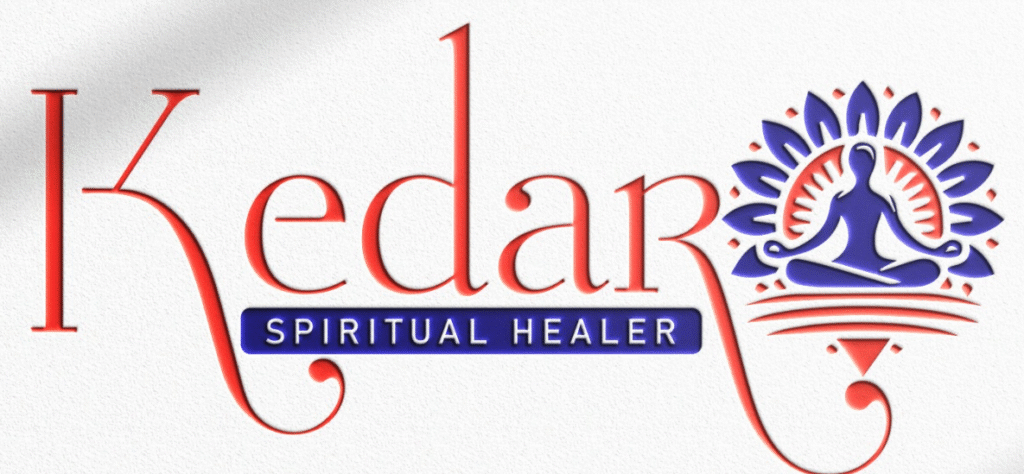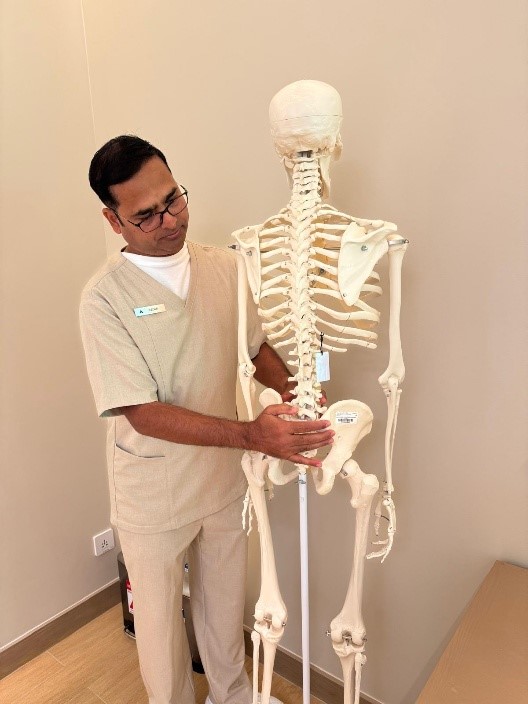
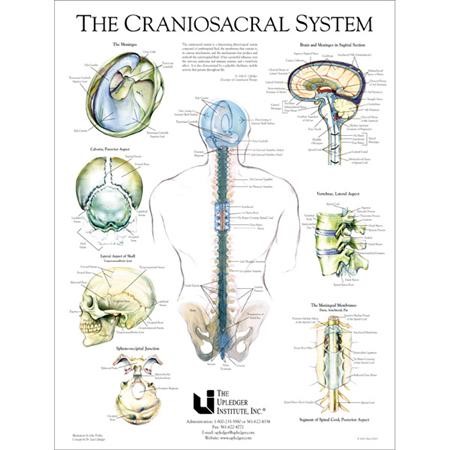
Cranio Sacral Therapy
CranioSacral Therapy (CST), also known as Cranial Sacral therapy, is a gentle hands-on technique involving a light touch to examine and manipulate the membranes and fluids surrounding the central nervous system. Using a soft touch no greater than 5 grams – about the weight of a nickel – practitioners help release restrictions in the craniosacral system. This treatment has been shown to enhance the function of the central nervous system and benefit various bodily systems including the digestive, musculoskeletal, respiratory, and circulatory systems.
CST is particularly effective in addressing the physical aspects of conditions such as Post-Traumatic Stress Disorder (PTSD), depression, and anxiety. It focuses on gently manipulating the body’s connective tissue, or “fascia,” a network covering organs, glands, nerves, muscles, blood vessels, brain, and spinal cord. This technique promotes well-being by alleviating pain and boosting health and immunity.
Indications for Craniosacral Therapy:
- Stress and anxiety
- Chronic pain
- Migraines and headaches
- Insomnia and sleep disorders
- Trauma and emotional distress
- Fibromyalgia
- TMJ dysfunction
- Post-concussion syndrome
- Developmental delays in children
- Fibromyalgia and chronic fatigue syndrome
Craniosacral Therapy Can Help:
- Relieve tension
- Improve sleep
- Enhance relaxation
- Support emotional balance
- Promote overall well-being
Contraindications for Craniosacral Therapy:
- Recent head or spinal injuries
- Severe mental health conditions (without medical clearance)
- Active cancer (consult with oncologist)
- Recent stroke or brain hemorrhage
- Aneurysms or bleeding disorders
- Severe osteoporosis
- Pregnancy (certain conditions or high-risk pregnancies)
- Recent surgery (wait for medical clearance)
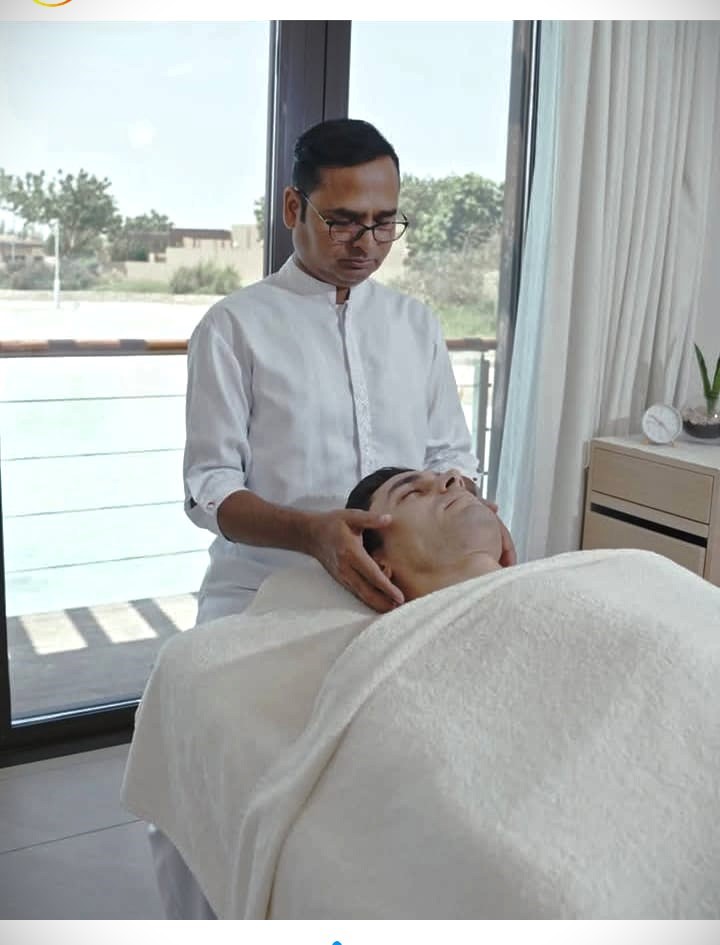
Somato Emotional Release
Benefits of Somato Emotional Release
- Physical relief from pain, tightness, and soreness caused by trauma
- Enhanced emotional healing from traumatic life occurrences
- Helps uncover blocked memories that your body was holding onto
- Provides a better understanding of your traumas and their physical effects
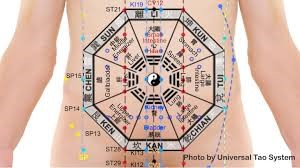
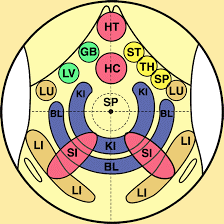
Taoist visceral manipulation
Taoist visceral manipulation is a gentle and profound bodywork practice that focuses on the manipulation of internal organs and the flow of vital energy, or “chi.” It’s based on the Taoist belief that the body’s physical and emotional well-being are interconnected, and that by releasing tension and stagnation in the organs, we can improve overall health.
Key Concepts
- Energy Flow: Enhances the natural circulation of “chi” (vital energy) throughout the body, particularly within the abdominal area.
- Organ Mobility: Involves gentle manipulations to address restrictions or imbalances in the movement and function of internal organs.
- Emotional Release: Taoist philosophy suggests that emotional blocks can manifest as physical tension and stagnation within the organs, and aims to help release these emotional patterns.
- Holistic Approach: Addresses both the physical and emotional aspects of well-being, promoting a sense of balance and harmony.
Benefits
- Improved digestion: Helps to regulate the digestive system and alleviate symptoms such as bloating, constipation, and gas.
- Reduced pain: Addressing structural imbalances and releasing tension may help alleviate chronic pain, including back pain, sciatica, and muscle tension.
- Stress and anxiety reduction: Helps to calm the nervous system and promote emotional release, reducing stress and anxiety.
- Enhanced energy levels: Promoting the flow of “chi” can help to increase vitality and overall energy levels.
- Improved circulation: Helps to improve circulation throughout the body, supporting the health of various organ systems.
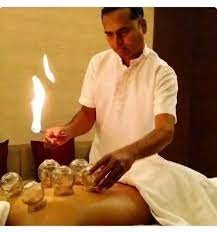
Fire Cupping
Fire Cupping, also referred to as Cupping Therapy, is a Traditional Chinese Medicine therapy that works by helping to remove any blockages stopping the flow of Qi (pronounced “chee”) in the body.
Therapists place warm glass cups onto a specific acupuncture point along an energy meridian. By warming the air within each cup, a vacuum is created that draws the tissue inside when placed onto the skin. This helps increase blood flow, loosen the connective tissue, and stimulate the body’s natural healing process.
This therapeutic process is often compared to deep tissue massage, used to break up residual scar tissue and reduce pain. Cups are typically placed on the back, shoulders, neck, arms, legs, or other areas where the patient experiences discomfort.
Cups may remain in place for five to twenty minutes, depending on the condition being treated and the practitioner’s recommendation. Cupping is especially popular among athletes and individuals with sports injuries due to its ability to increase circulation and relieve pain.
Common Conditions Treated with Fire Cupping
- Coughs, asthma, and congestion
- Digestive issues
- Localized pain
- Anxiety
- Depression
- Back, shoulder, and neck pain
- High blood pressure
- Fertility issues
- Insomnia
- Acne and eczema
- Fibromyalgia
- Shingles
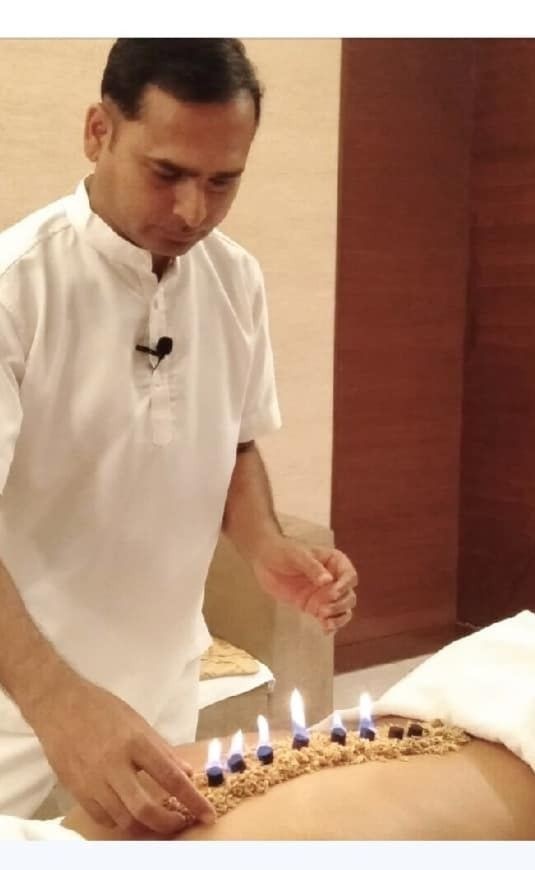
Moxibustion
Moxibustion is a Traditional Chinese Medicine (TCM) therapy that uses burning dried mugwort or “moxa,” a small, spongy herb, on specific points of the body. It involves practitioners burning moxa—either in the form of a cone or stick—composed of ground mugwort leaves on or near the patient’s meridians (energy channels) and acupuncture points.
Often used alongside other TCM treatments, moxibustion is intended to rebalance and rejuvenate the body by improving the flow of its lifeforce energy, known as Qi (pronounced “chee”). By increasing circulation, the body is believed to naturally heal itself from pain, illness, and various imbalances.
One of the primary causes of Qi blockage is internal cold. Just as cold water freezes and stops flowing, internal cold restricts the movement of Qi, body fluids, and blood. Moxibustion produces deeply penetrating heat, helping to expel cold and restore natural flow within the body.
The main purpose of moxibustion is to strengthen and stimulate the flow of blood and Qi throughout the body, promoting improved mental, physical, and emotional well-being.
Common Conditions Treated with Moxibustion
- Pain from injuries
- Arthritis
- Digestive issues
- Menstrual cramps
- Joint or muscle pain
- Chronic pain
- Fertility issues
- Eczema
- Fatigue
- Cold and flu prevention
- Asthma symptoms
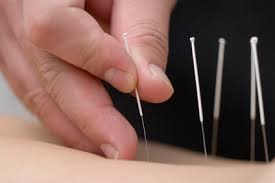
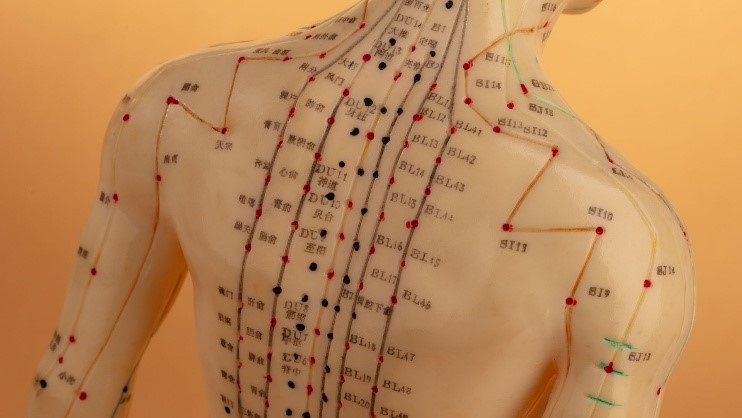
Acupuncture
Acupuncture is an area of Traditional Chinese Medicine (TCM) and is one of the longest-established forms of healthcare in the world. Originating in China approximately 2,500 years ago, it is now widely practiced across the globe.
As the most commonly practiced form of traditional medicine worldwide, acupuncture involves the insertion of fine needles into specific points on the body to stimulate the flow of Qi (pronounced “Chi”).
In TCM, it is believed that when Qi is blocked, deficient, or excessive, it causes the body to fall out of balance, leading to illness or discomfort. Acupuncture aims to remove these imbalances, allowing the body to return to a state of harmony.
Simply put, acupuncture needles act like signposts—sending specific healing signals to the body, guiding it to areas where healing is needed. While the body naturally knows how to heal itself, it can sometimes become stuck due to stress, trauma, or life’s challenges. Acupuncture helps redirect that healing power.
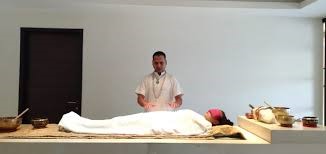
Energy Balancing
Our energetic bodies are intricately connected with our physical bodies. The traumas we carry—physically, emotionally, and psychologically—directly impact the functionality of our energy systems (chakras), and vice versa. To maintain vibrant health, the body requires the freedom for energy to flow unobstructed.
When energy becomes blocked due to trauma, toxins, prolonged stress, or muscular tension, it disrupts the natural energy flow in the body. Over time, this can contribute to emotional disturbances, mental stress, and even physical illness or disease.
Potential Benefits:
- Stress and anxiety reduction: Energy balancing can help calm the nervous system and promote deep relaxation.
- Pain relief: Some practitioners report that balancing the body’s energy can alleviate chronic pain by resolving underlying energetic imbalances.
- Improved emotional well-being: Releasing emotional blockages may help individuals feel more grounded and emotionally stable.
- Enhanced overall health: Encouraging the free flow of energy supports the body’s natural ability to heal and maintain wellness.

Reiki Healing
Reiki is a Japanese healing technique that involves a practitioner using a form of energy transfer to promote physical, mental, and spiritual well-being. It is based on the idea of a universal life force energy that flows through all living beings, and Reiki practitioners aim to channel and direct this energy to help balance and restore.
Key Concepts:
- Energy Transfer: Reiki practitioners believe they can transfer universal energy to a client through light touch or hand placement, promoting healing.
- Holistic Approach: Reiki complements other medical treatments and addresses physical ailments, stress, anxiety, and emotional imbalances.
- Relaxation and Stress Reduction: One of Reiki’s primary goals is to help clients relax and reduce stress for overall wellness.
- Non-Invasive: Clients remain fully clothed while lying on a massage table or sitting comfortably during a Reiki session.
- Individualized Approach: Practitioners may personalize sessions with complementary techniques like crystals or chakra healing.
Benefits of Reiki:
- Stress and Pain Relief: Reiki may help ease pain, reduce stress, and increase overall comfort.
- Improved Sleep: Reiki promotes relaxation and helps release tension, which may enhance sleep quality.
- Emotional Healing: It can support the release of stored emotions and foster emotional balance.
- Enhanced Intuition: Some believe Reiki may deepen intuitive awareness and foster a connection with one’s higher self.
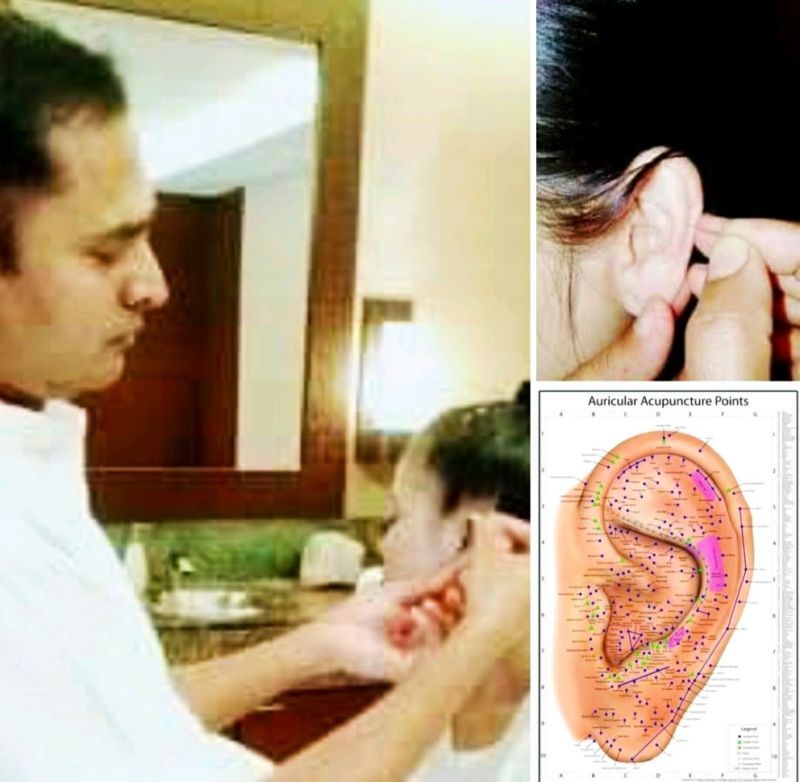
Auricular Therapy
Auricular therapy, also known as auriculotherapy or ear acupuncture, is a diagnostic and integrative treatment that uses the external ear to relieve pain, addictions, and other conditions. It’s based on the idea that the ear is a microsystem of the body, with specific points corresponding to different organs and systems. Stimulating these points can help balance energy flow and address underlying imbalances.
How it Works:
- Microsystem Theory: The ear is believed to be a mini-map of the body, with different areas representing various organs, tissues, and functions.
- Point Stimulation: Specific points on the ear are identified and stimulated using methods such as acupuncture needles, acupressure, or ear seeds.
- Energy Balance: Stimulation aims to restore balance and harmony within the body’s energy system, addressing the root cause of the issue.
- Mechanism of Action: While research is ongoing, theories suggest that auricular therapy may influence the nervous, hormonal, and immune systems to produce therapeutic effects.
Uses and Potential Benefits:
- Pain Management: Commonly used to manage acute and chronic pain, including headaches, back pain, musculoskeletal pain, and cancer-related pain.
- Addiction Treatment: Helpful in reducing withdrawal symptoms and cravings related to addictions such as smoking and alcohol.
- Anxiety and Stress Relief: May help calm the nervous system and support emotional well-being.
- Other Conditions: Also explored for insomnia, digestive issues, migraines, and more.
- Complementary Therapy: Often used alongside other therapies to boost effectiveness.

Integral Sound Healing
Sound Healing is a powerful therapy that combines different healing sounds, music, and sound healing instruments to improve our multidimensional well-being by creating a beautiful experience, where all layers of our luminous energy field (body, mind, soul, spirit) are awakened gently and lovingly.
Integral Sound Healing is highly effective at triggering our relaxation response, which counters the many symptoms caused by chronic stress while helping to balance our whole being.

Tai Chi
Tai chi is a practice that involves a series of slow gentle movements and physical postures, a meditative state of mind, and controlled breathing. Tai chi originated as an ancient martial art in China. Over the years, it has become more focused on health promotion and rehabilitation.
